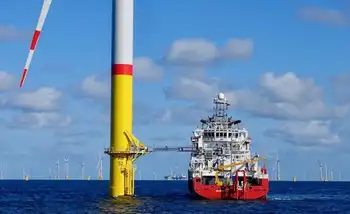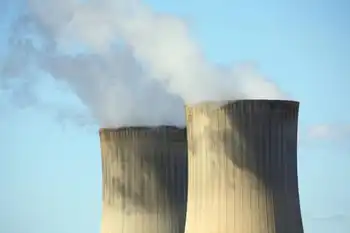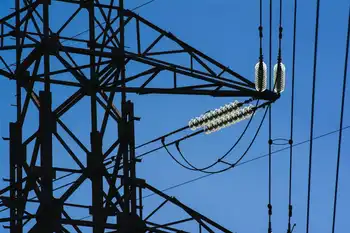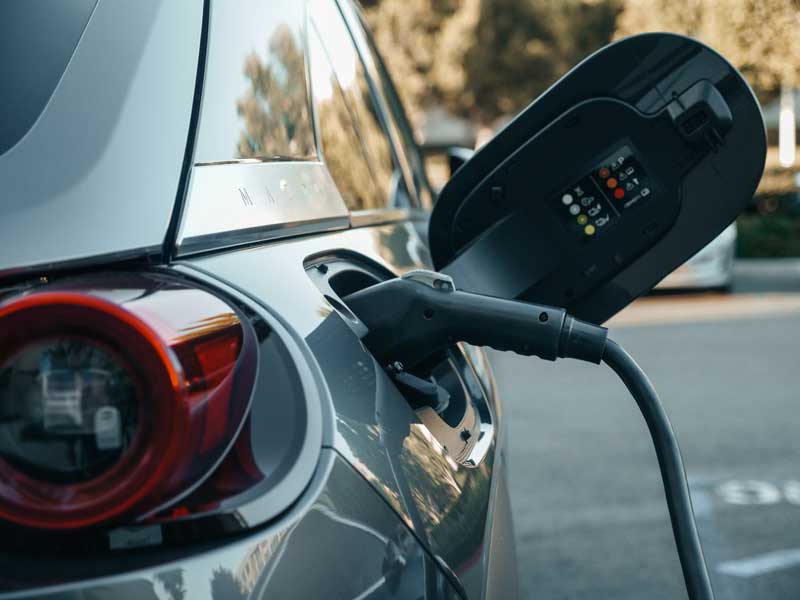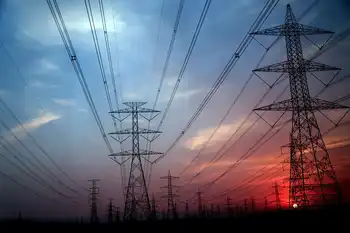Canadian grid needs $347 billion worth of repairs
By Vancouver Sun
Arc Flash Training CSA Z462 - Electrical Safety Essentials
Our customized live online or in‑person group training can be delivered to your staff at your location.

- Live Online
- 6 hours Instructor-led
- Group Training Available
The Conference Board of Canada, in a report issued Monday prepared for the Canadian Electricity Association, said that investments to repair, upgrade and expand the nation's power grids will boost the economy and create a "steady stream of high-paying jobs."
The board looked at growth and asset replacement plans by utilities across Canada including BC Hydro, Hydro-Québec, and Ontario Power Generation. It added up all the numbers, and determined that by 2030, the utilities will collectively spend $347 billion - more than a third of a trillion dollars - on power generation and trans-mission projects.
That will require an annual workforce of 156,000 encompassing jobs tied directly to infrastructure construction, such as electrical trades and heavy equipment operators, as well as employment for everything from judges and priests to cooks and sales clerks.
"The average contribution to real GDP - including direct, indirect and induced impacts - will be $10.9 billion per year," The report said.
However, the report notes that the biggest wave of construction began in 2011 with an average annual GDP contribution of $22.7 billion.
The report said BC Hydro's biggest outlay will be for investments to expand largescale hydroelectric power generation - on Monday, Premier Christy Clark announced that the province has taken another step toward development of the Site C hydro mega-project on the Peace River.
Alberta's principal focus is on new natural gas generation. Ontario is following the same path, replacing aging coal-fired generation stations with natural gas-fired stations.
Quebec and Manitoba, like B.C., will focus on new hydro projects.
Pedro Antunes, director of national and provincial forecast for the conference board, said the biggest challenges will be avail-ability of skilled workers to carry projects through, and the ability of governments and utilities to minimize impacts upon taxpayers who are also facing cost for other necessary upgrades to infrastructure including roads, bridges and municipal utilities including drinking water and waste water treatment.
"We're worried, not so much about whether industry will be able to meet demand [for electricity], but in terms of the supply of workers - in the construction industry in particular," Antunes said.
"There is going to be a lot of demand for construction workers not only for this but also for the [oil] sector, the mining sec-tor. We are seeing more pressure around the labour market issue. There is this issue I think governments are struggling with, which is how to fund infrastructure, how to balance their budgets and keep the infrastructure spending going because I think there is an understanding that there's a need to keep it up."
Jim Burpee, president and CEO of the Canadian Electricity Association, said the $347 billion estimate reflects the need to undertake both new projects and replacement of old assets.
"It's not just load growth like it was during, I guess I'd call it the industrial age of the '60s and '70s - factories were growing, the country was growing rapidly, and there was a lot of generation and transmission built to supply that," Burpee said.
"That infrastructure is aging now and a lot of items have relatively finite lives where the reliability suffers, their economics suffer and they need to be replaced.
"I think one of our issues from a public perspective is people's expectation of price and service. They think they can always get the same high level of service. If you look at the North American system it's extremely reliable. But you can't always expect the price to remain flat or go down. We're not like Walmart where we can roll back prices."





